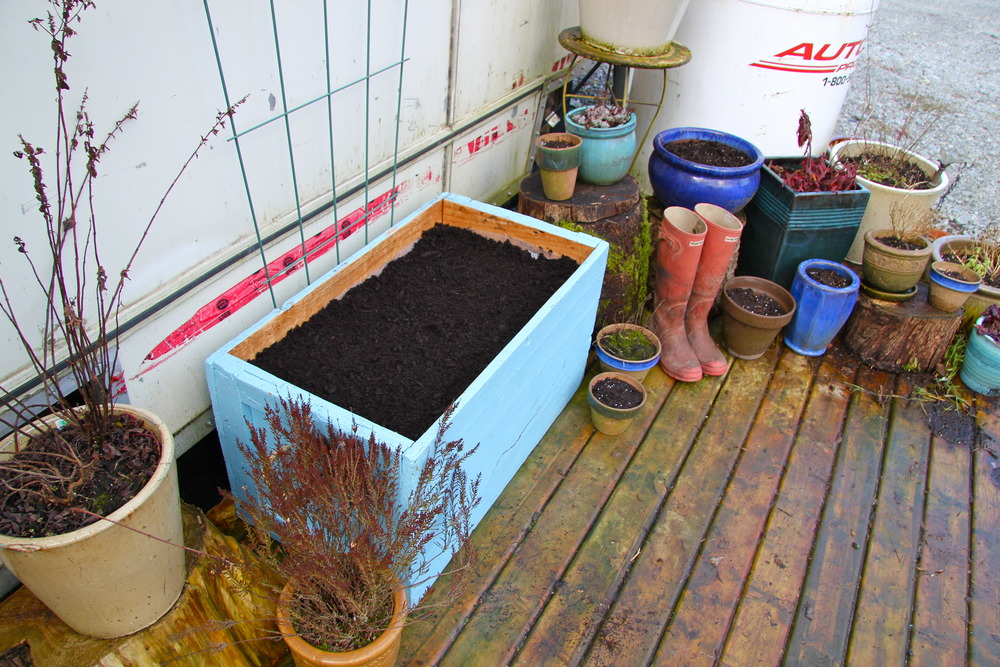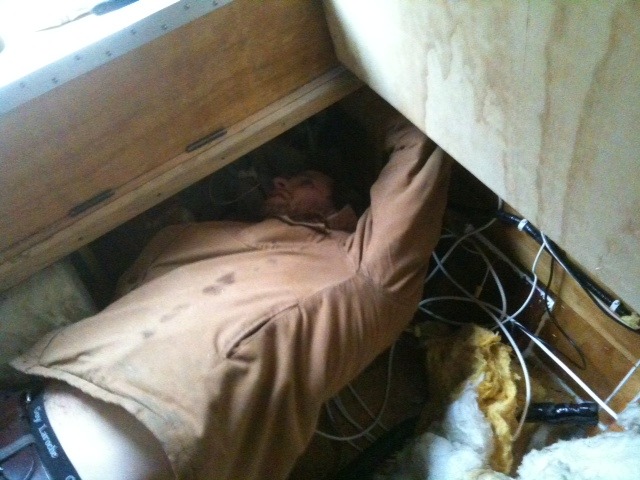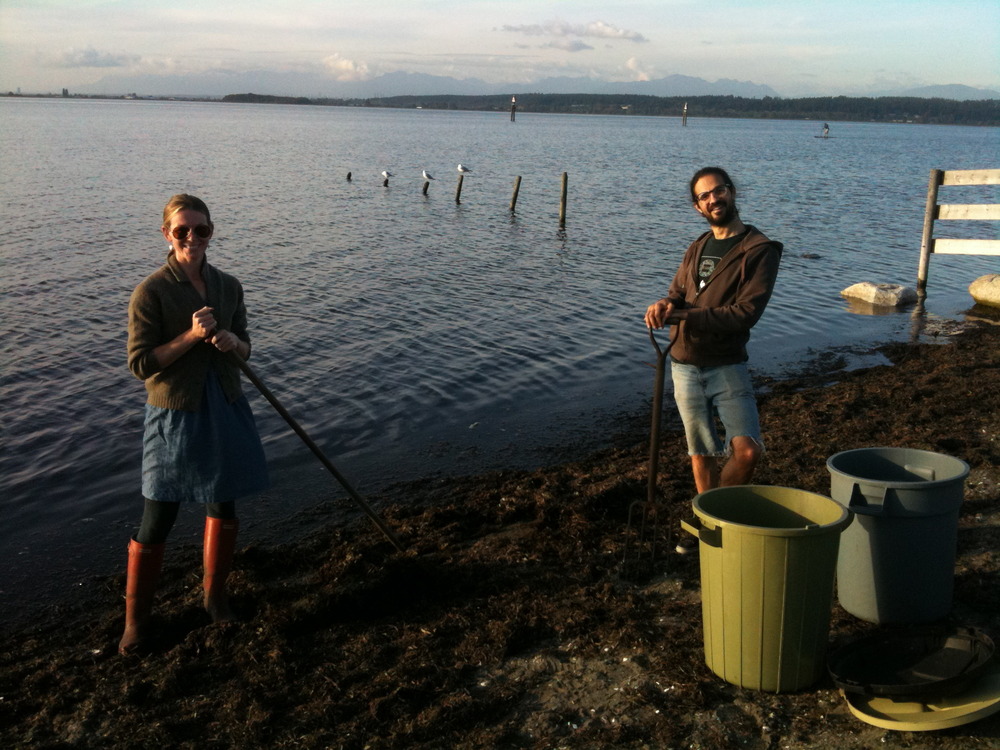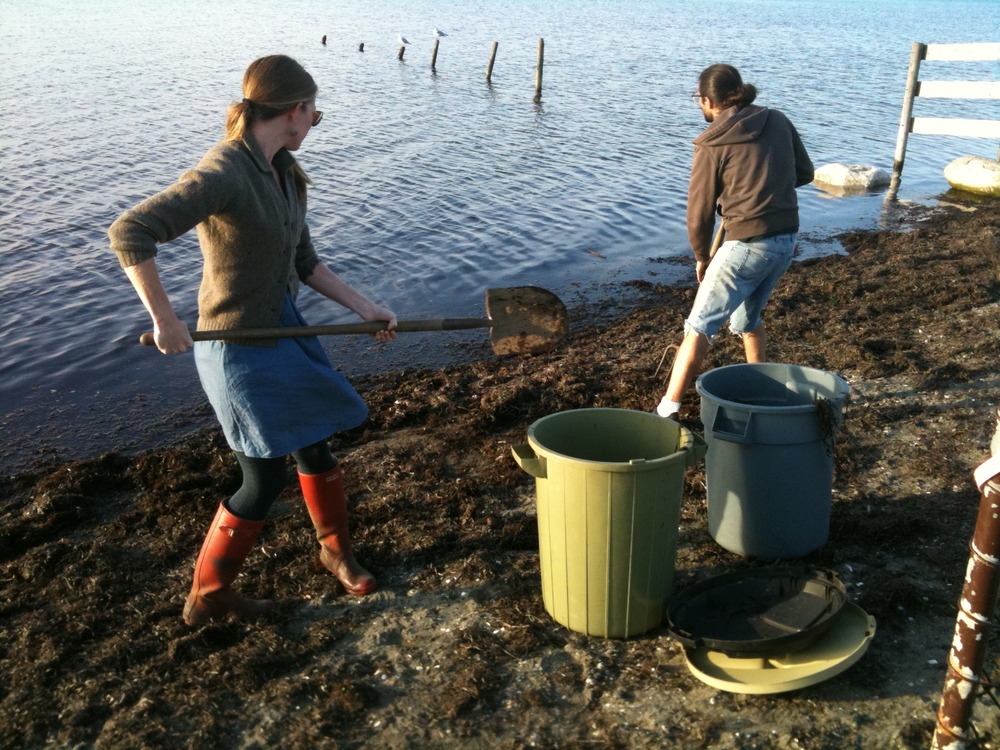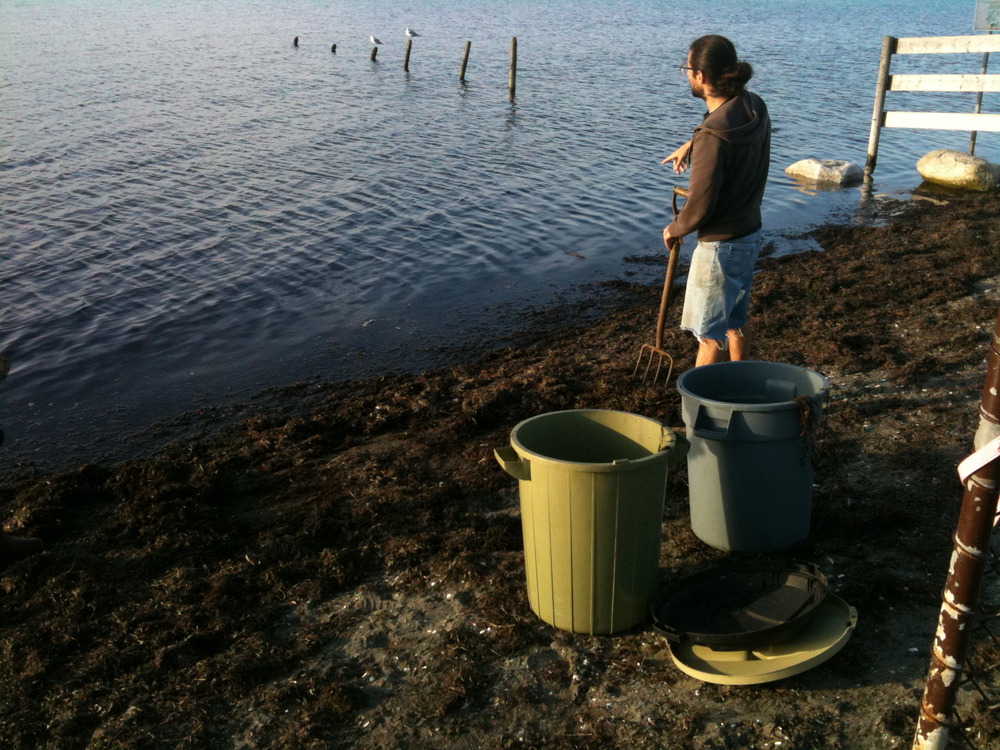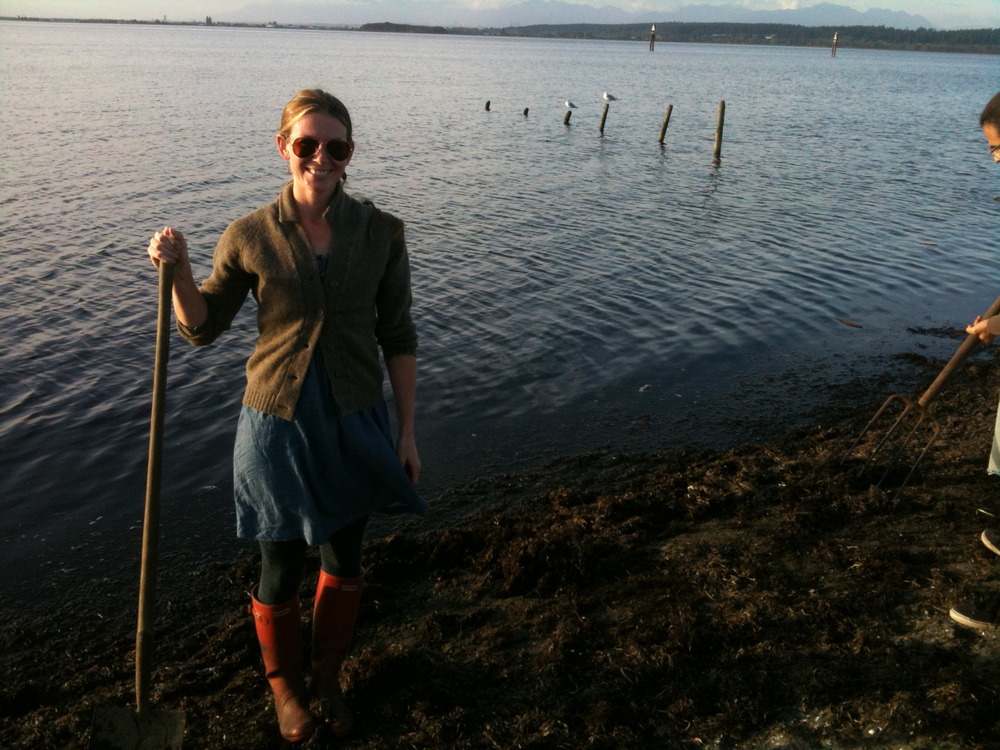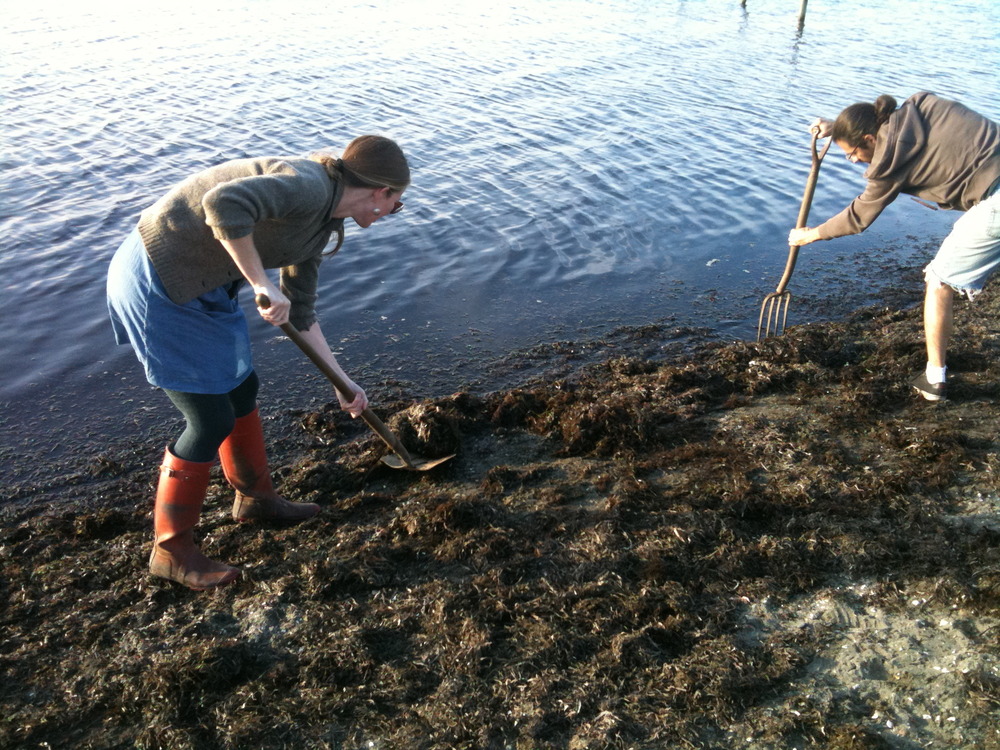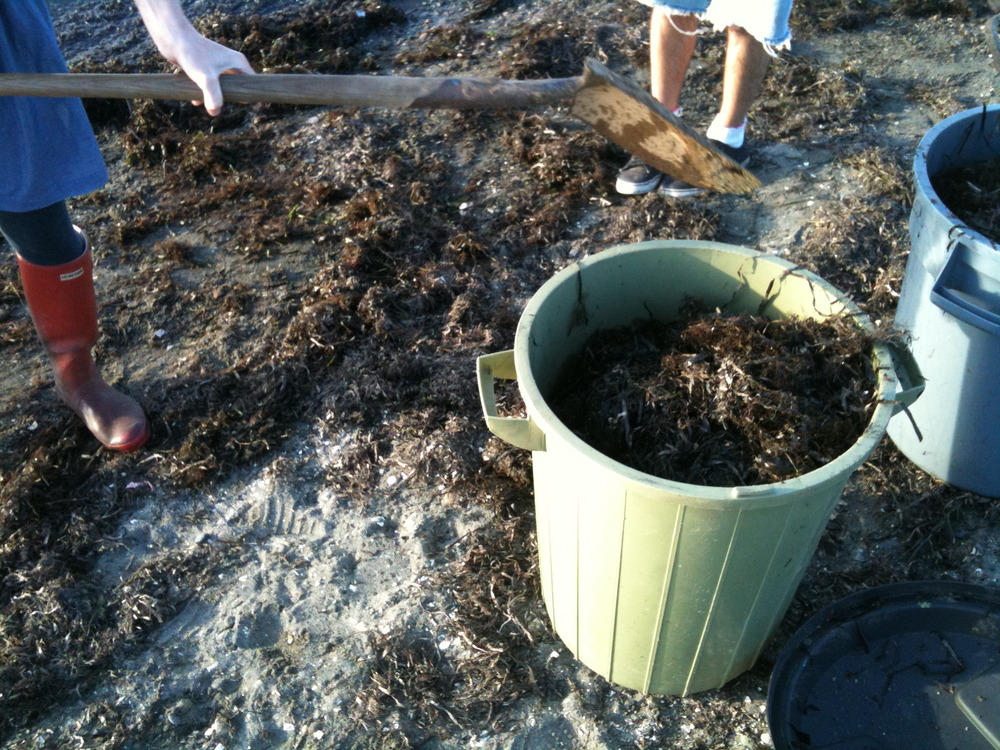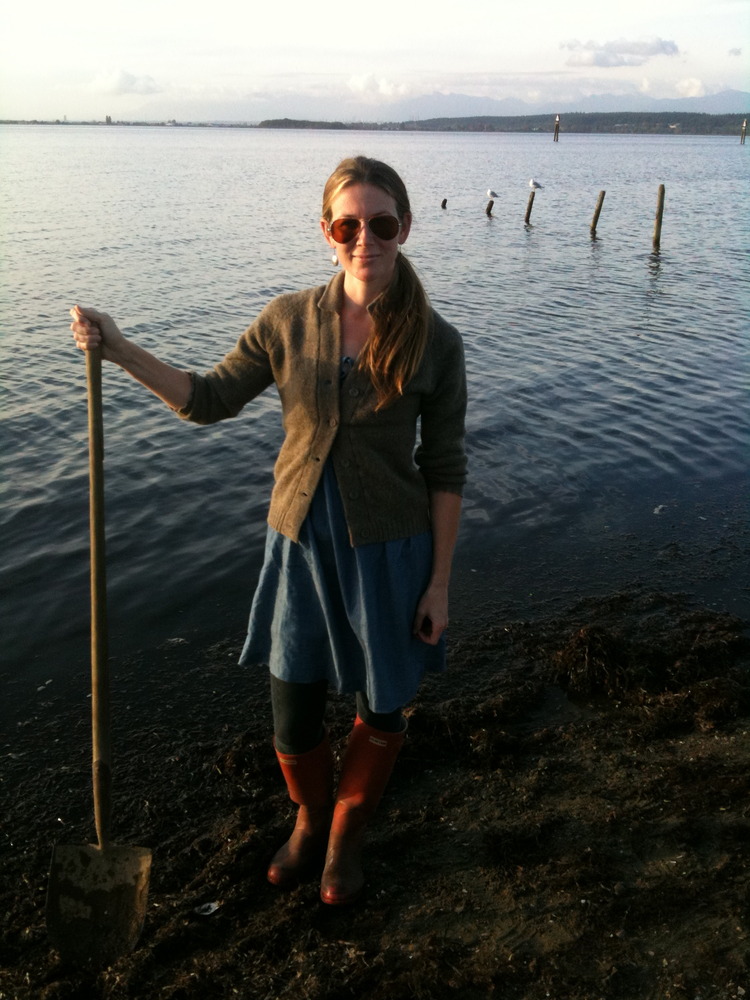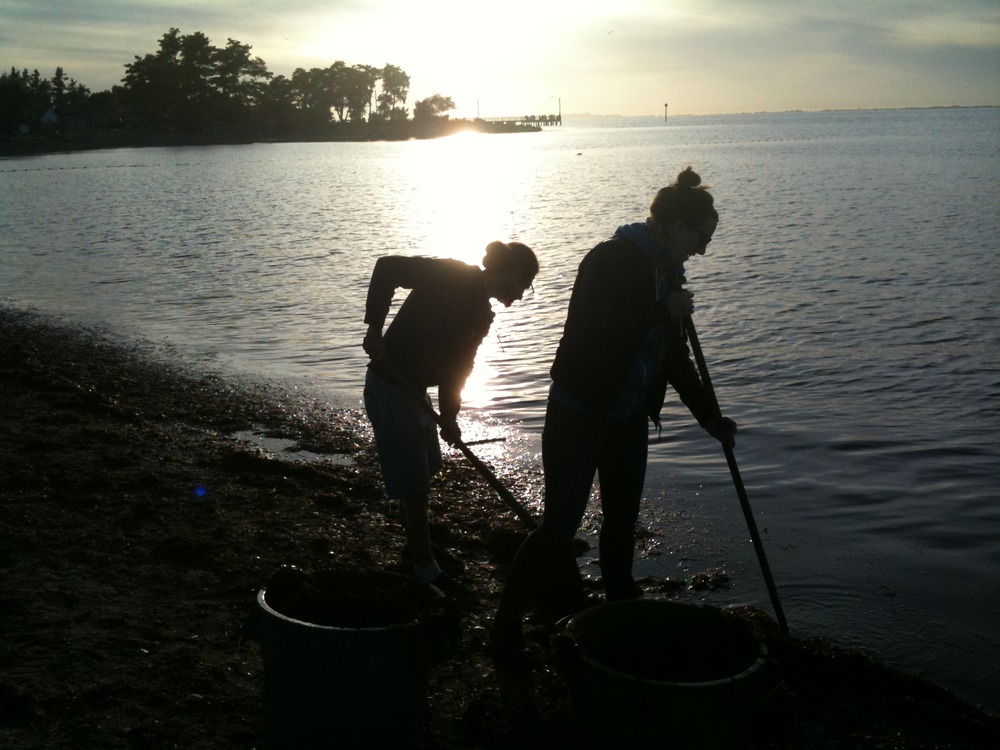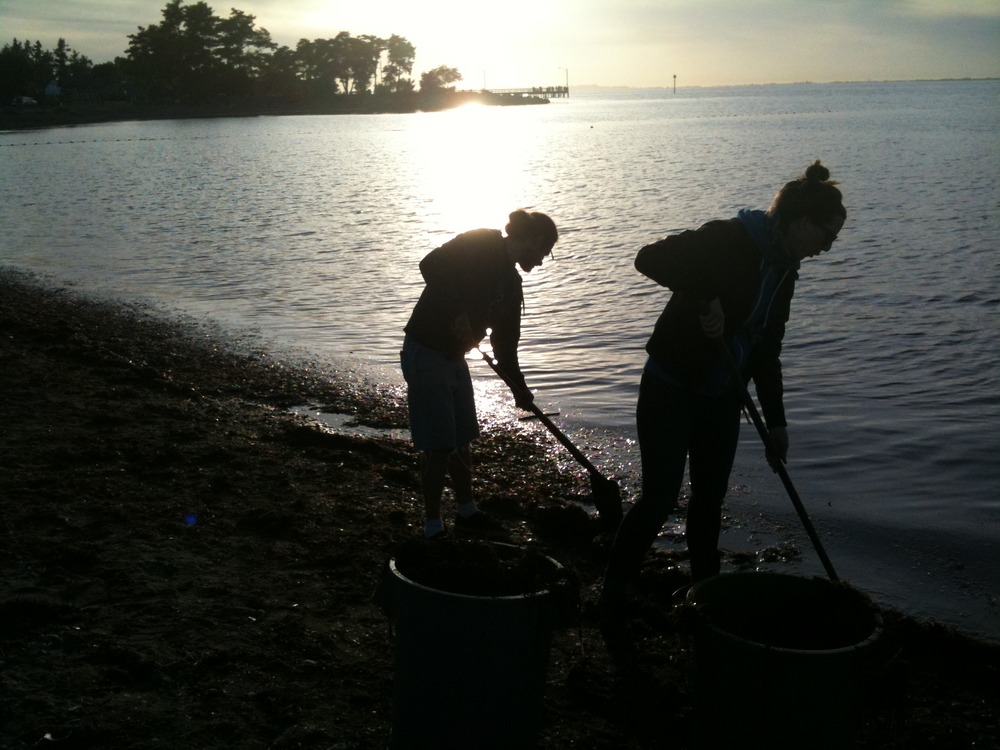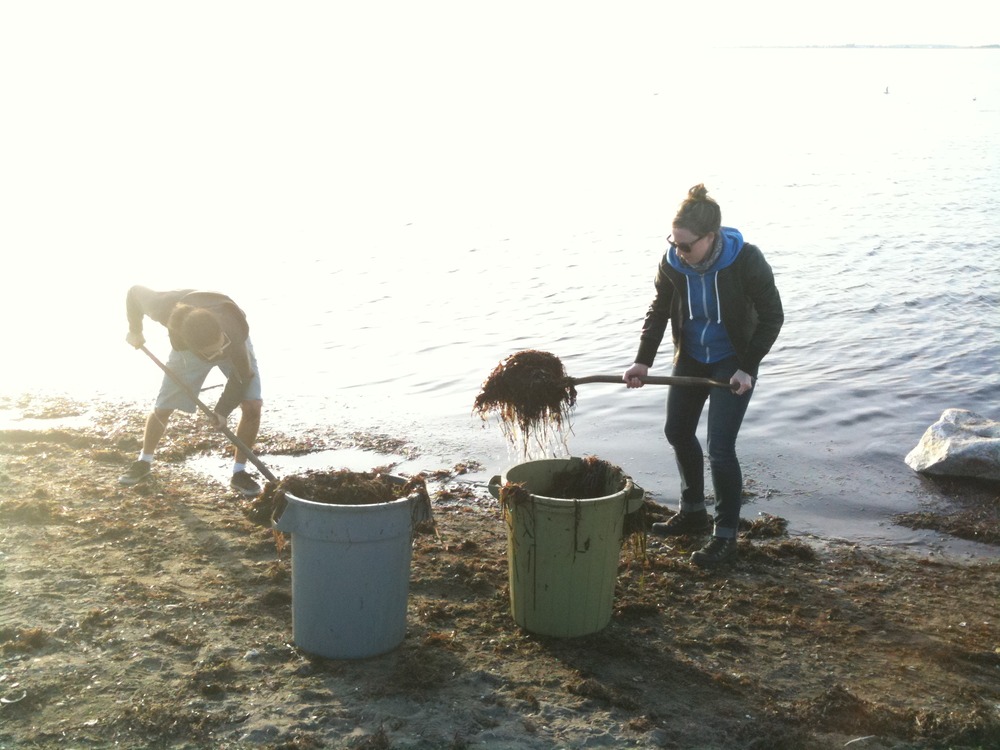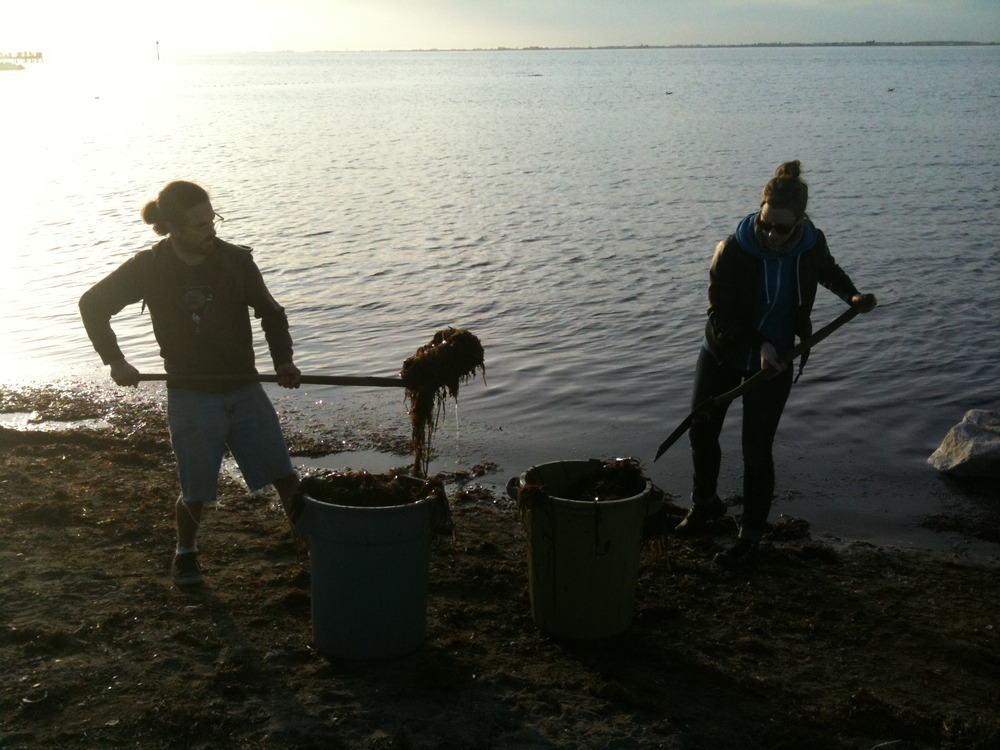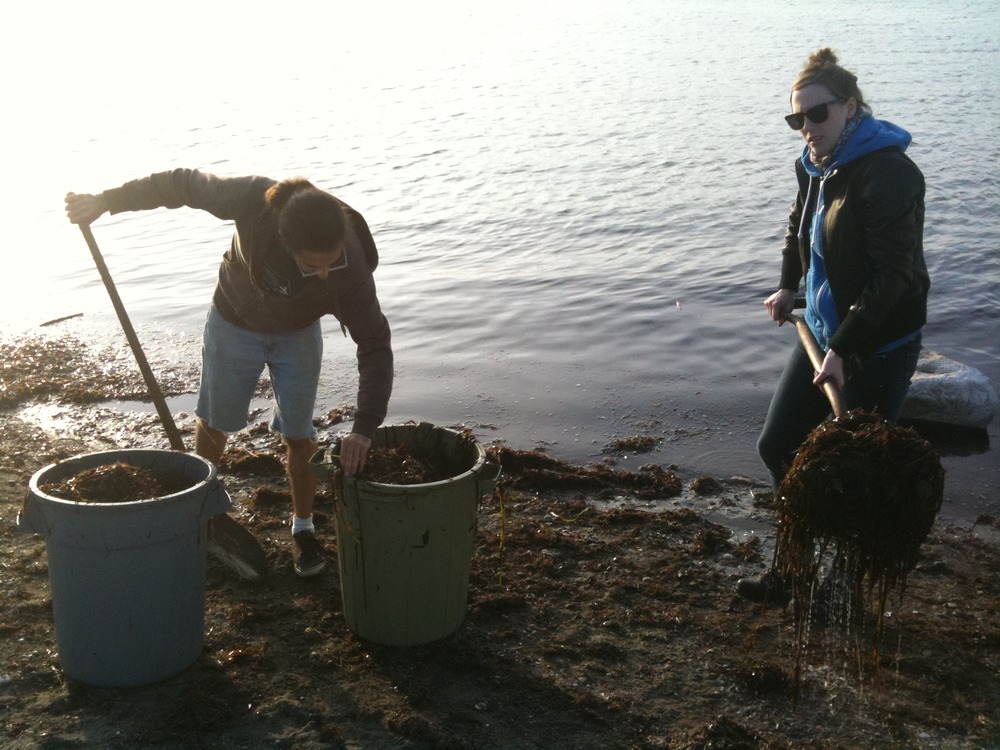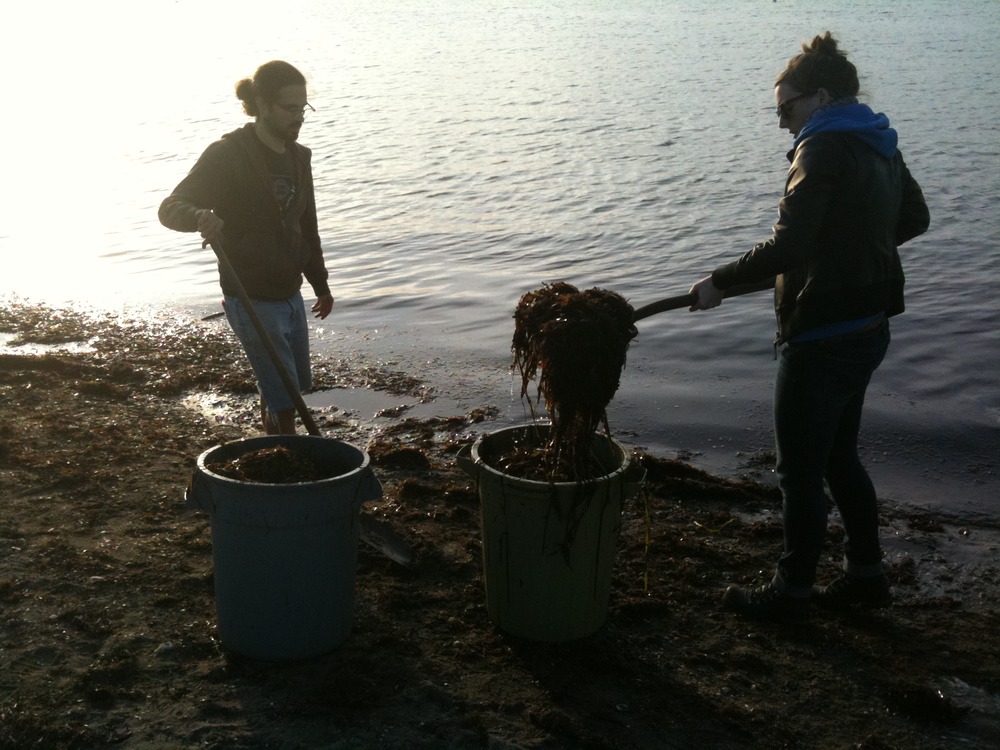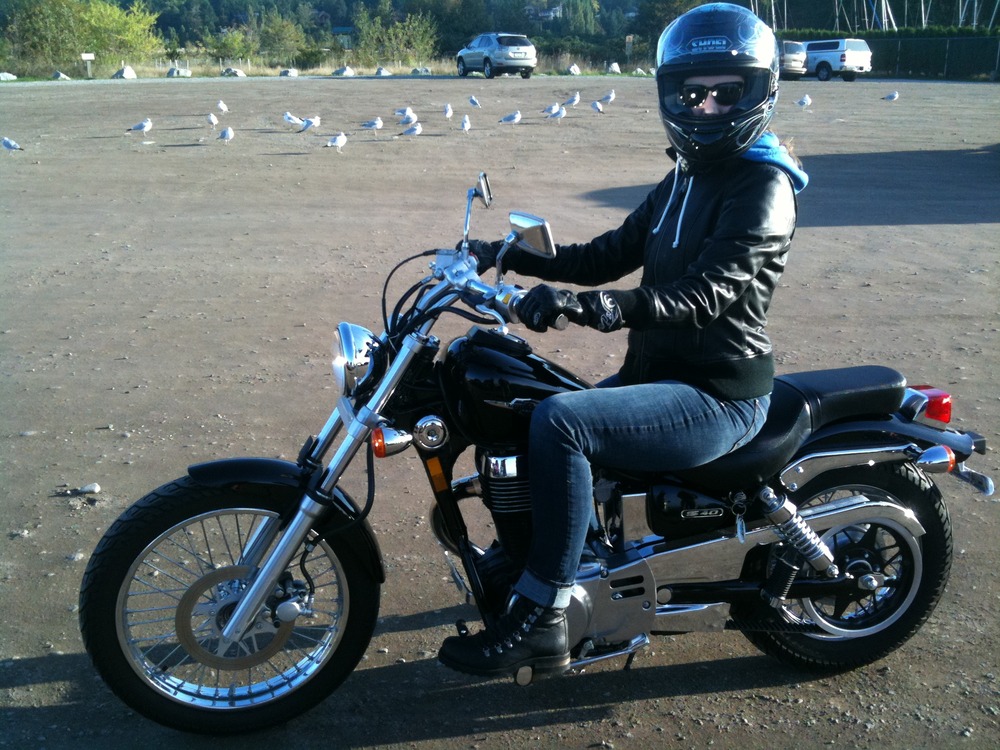An activity that I LOVE is hunting for bargains on used items. I frequent thrift stores and I monitor the free items on craigslist daily. Yep, daily. Part of the enjoyment is the thrill of the hunt and part of it is the satisfaction of finding something great (for cheap) and repurposing it into something really useful or beautiful.
Repurposing and reusing ‘waste’ materials in home and garden designs is one of the design principles of permaculture. If you’re like us and live in or near urban areas, there is always an overabundance of ‘waste materials’ that no one else wants. Incorporating beneficial ‘wastes’ into our systems save them from being added to landfills and enhances our own environments (if used well).
This week, bf Chris and I followed a craigslist ad to a local residence where the owners were moving and had left a big pile of free stuff out on their driveway for anyone who wanted it. Chris texted me about the ad sometime around 7am and we quickly rendezvous-ed to check it out.
We scored gardening tools, rubber boots, board games, hardware, and all kinds of other useful things. We also scored a large wooden box painted robin’s egg blue. I pounced on it. Since my mind is consumed with garden planning and seed planting right now, I knew right away that I wanted to turn it into a planter for my patio space.
Planters can be created out of all kinds of ‘waste’ objects: tea pots and bowls, metal containers, old boots… A wooden box isn’t particularly creative, but the size of mine is great and I love the colour. The rope handles on it are a plus too – easier to move it while its loaded down with soil.
These are the steps I took to transform this free wooden box into a planter:
- Removed hardware (lid hinges) from the top of the box (the lid itself was disconnected from the box already);
- Lined box with plastic. I used a heavy plastic that was left over from some trailer renos and nailed it into place a couple inches from the top of the box. I decided to line the box to help retain water and moisture in the soil and protect the box from getting water damaged from the inside out;
- Filled the bottom of the box with about 5-6 inches of broken pottery (from broken flower pots) for drainage to help keep the soil from getting water-logged;
- Added a layer of compost;
- Topped it with a generous supply of potting soil;
I planted a row of radishes and three rows of red onions in the planter, leaving room for a back row of sweet peas which I hope will climb up a trellis and help mask some of the ugliness that is the exterior of my trailer. Since the temperature is still pretty cool, I’m reusing an old window to cover the box for now to keep the soil warm. The sweet pea seeds are germinating under some damp paper towel in my trailer right now. I’ll add them to the box in a couple days.
A fun mid-week project that only took a couple hours to complete!
